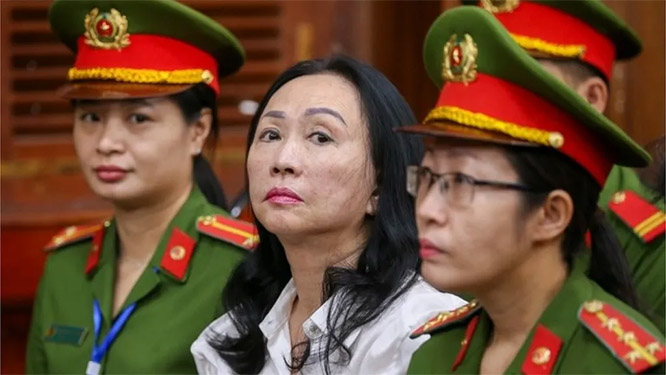Perth/Australia, Mar 23: The first visual sighting of objects that might be linked to Malaysia Airlines Flight MH370 boosted search operations on Sunday for the missing airliner that mysteriously disappeared more than two weeks ago.

"It's still too early to be definite," Australian Prime Minister Tony Abbott told reporters during a visit to Papua New Guinea.
"But obviously we have now had a number of very credible leads and there is increasing hope — no more than hope, no more than hope — that we might be on the road to discovering what did happen to this ill-fated aircraft."
The possible breakthrough came on the same day fresh Chinese satellite images emerged showing a large floating object in the same inhospitable region around 2,500 kilometres (1,500 miles) southwest of Perth.
The Australian Maritime Safety Authority (AMSA) confirmed it was the "first visual sighting" since Australian, New Zealand and US spotter planes began scouring the area on Thursday.
"Part of the description was a wooden pallet and a number of other items which were nondescript around it and some belts of some different colours," AMSA aircraft operations coordinator Mike Barton said.
Wooden pallets are quite common in aircraft and ship cargo holds.
The objects were spotted by observers on one of the civilian aircraft taking part in the search.
An air force P3 Orion aircraft with specialist electro-optic observation equipment was diverted to the same location, but only reported sighting clumps of seaweed.
"That's the nature of it," Barton said. "You only have to be off by a few hundred metres in a fast-travelling aircraft."
Sunday's search, involving four military and four civilian aircraft, would return to the area to try and zero in on the objects again, he added.
More ships, planes
China has dispatched seven ships to the hunt for the plane, adding to British and Australian naval assets involved.
"Obviously the more aircraft we have, the more ships we have, the more confident we are of recovering whatever material is down there," Abbott said.
If the plane did crash in the ocean, investigators are hoping to identify the impact site before the plane's black box stops emitting tracking signals — usually after 30 days.
The flight recorder will be crucial in solving the mystery of what caused the Boeing 777 with 239 passengers and crew aboard to suddenly veer off course over the South China Sea en route to Beijing.
Satellite and military radar data suggest the plane backtracked over the Malaysian peninsula and then flew on — possibly for hours — either north into South and Central Asia, or south over the Indian Ocean.
The question of what happened on board has become a topic of unbridled speculation, with Malaysian investigators standing by their assessment that the plane was deliberately diverted by someone on it.
Three scenarios have gained particular traction: hijacking, pilot sabotage, and a sudden mid-air crisis that incapacitated the flight crew and left the plane to fly on auto-pilot for several hours until it ran out of fuel and crashed.
A 'humanitarian' exercise
The long, largely fruitless search for the aircraft has been especially agonising for the relatives of the 227 passengers — two thirds of whom were Chinese — and 12 crew.
Their grief and frustration boiled over Saturday at a hotel in Beijing when police had to restrain angry family members confronting Malaysian officials they accused of withholding information.
Although the plane's disappearance is already the subject of a criminal investigation, Abbott stressed that the search was essentially a "humanitarian" exercise.
"We owe it to the almost 240 people on board the plane, we owe it to their grieving families, we owe it to the governments of the countries concerned, to do everything we can to discover as much as we can about the fate of MH370," he said.
The latest Chinese satellite images showed an object measuring 22.5 metres by 13 metres (74 by 43 feet).
Abbott said it was "consistent" with one of the objects identified in satellite images released by Australia on Thursday, but it was not clear if they were believed to be the same.
"Hope we find something today," Malaysian Transport Minister Hishammuddin Hussein said in a text message to AFP.







Comments
Add new comment